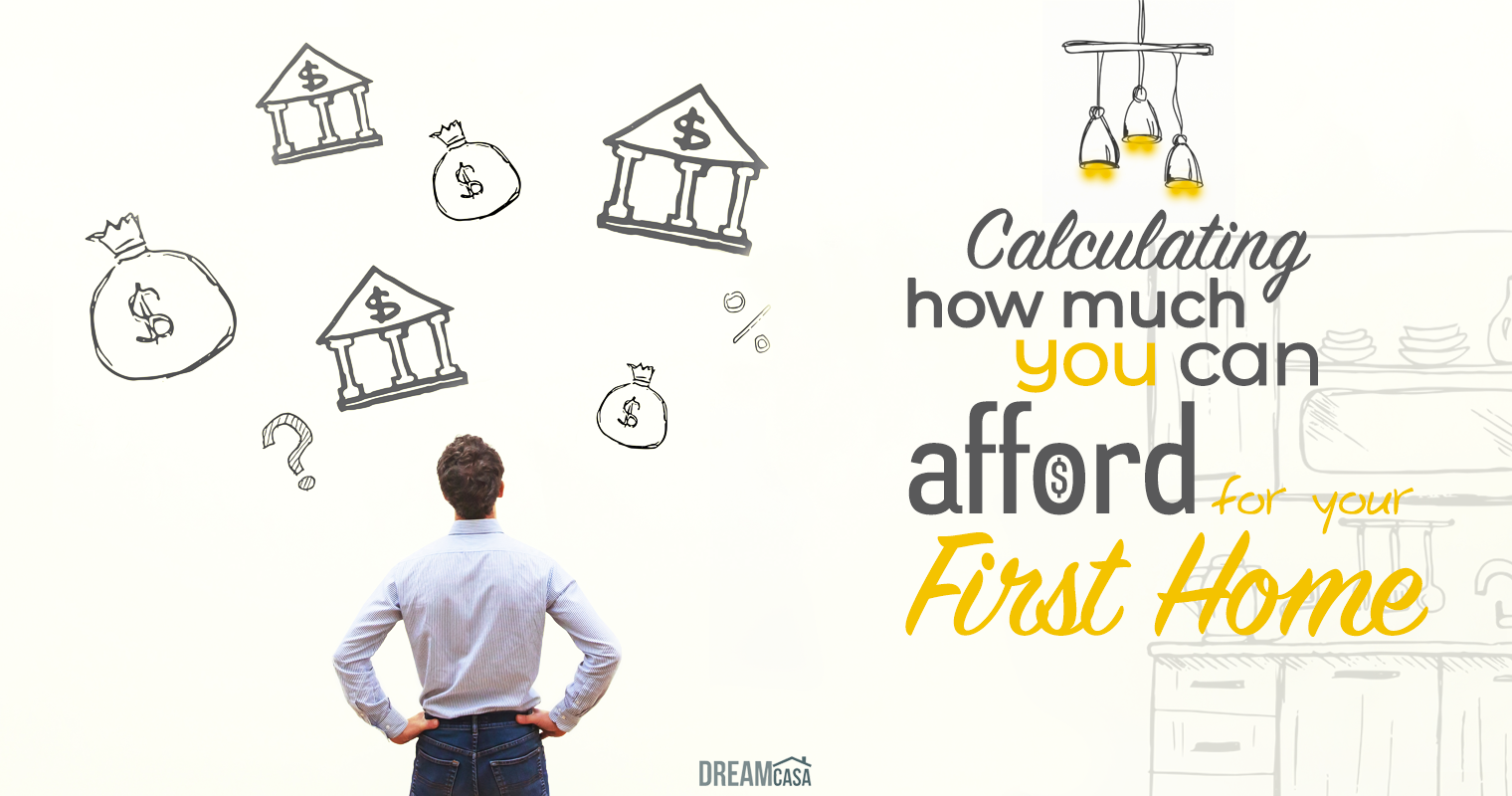For first time home buyers, getting your foot into the market is difficult. At its core, it comes down to how much you can save and how fast. Saving up for enormous purchases, like a home, can take many years and sometimes decades. If your’re living at your parent’s house, saving is obviously easier because you don’t have expenses. If you’re renting, it can be very difficult to save for a home when you have to contend with everyday living expenses. Additionally, it’s difficult gauging how much you need to save or rather, calculating how large a home you can afford based on what you’ve saved and how much money you have coming in.
First time home buyers, especially those living with their parents, have difficulty gauging this because it’s difficult for them to conceptualize the full cost of owning a home. They’re looking at down payment and mortgage, but often miscalculating all the other expenses, like insurance, repairs, maintenance, utilities and on and on. Unpacking each expense and how it relates to you can be tedious, alternatively, analysts have devised an easy to calculate system where you can determine exactly how much home you can afford, based on your income and down payment:
1) Your Household Income
When determining how much home you can afford the first step is calculating what your total household income is. Another important factor is determining how secure your job is and how difficult it would be to find a similar paying job. Once you’re comfortable determining your household income, you take the total gross amount and multiply by three; that’s the maximum amount the final negotiated price should be. Please keep in mind that’s the maximum, not the standard, you ideally want to aim for below that.
2) 28 (28/36 Rule)
The 28/36 rule is a well-known metric that aids in determining a home’s affordability in relation to you. Focussing on the 28 portion, this represents the maximum percentage of your monthly household income you should allocate per month for fixed costs, like your mortgage, insurance, utilities and taxes. Take your total gross monthly household income, divide it by 0.28 and aim for well below the number your calculator spews out.
3) 36 (28/36 Rule)
36 refers to debt to income ratio, debt to income ratio is calculated by determining how much of your monthly income goes toward monthly debt payments. A lot of people tend to omit their home mortgage, which is the most important debt to account for. When all is said and done you should aim for below 36%. If your calculation is coming even slightly above 36%, you should determine if a raise if forthcoming, if not, reconsider.
4) Pick 2 Rule
Once you’ve ran all your numbers, there’s a good chance reality has dealt you a solid blow to the face and you’re likely a little dazed at this point, contemplating if homeownership is the right path or if you should just start or continue renting. It’s important to understand that the most important thing you need to consider with your first property is that the main purpose is to get your foot in the door. As time progresses and your career advances, there are always options to upgrade in the future. This is where the pick 2 rule comes in; you’re going to have to make sacrifices, the only thing in your power is what you sacrifice. When selecting your starter home, pick two of the following: PRICE – QUALITY – LOCATION.
Original article found at: http://dreamcasa.org/money-matters/financial-tips/calculating-much-can-afford-first-home/

